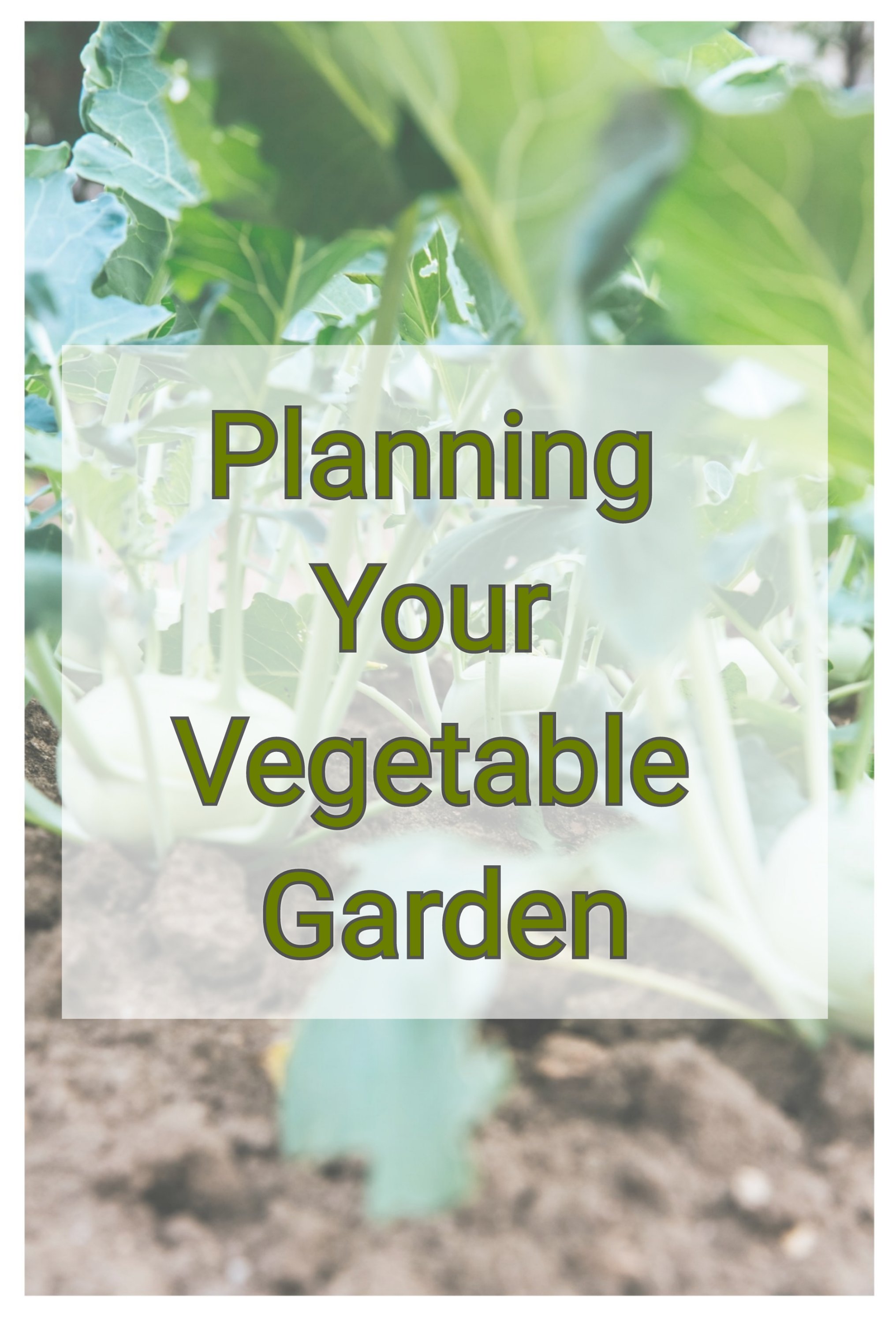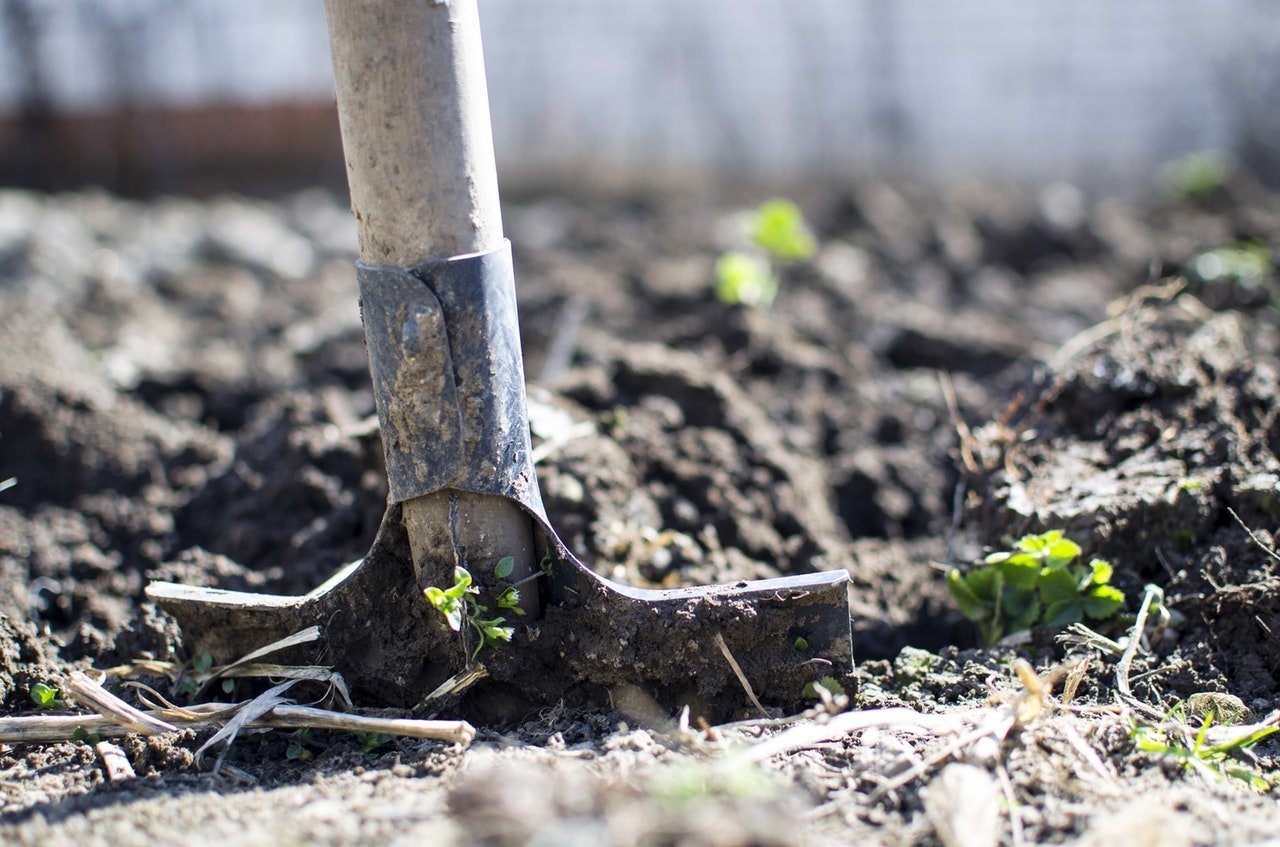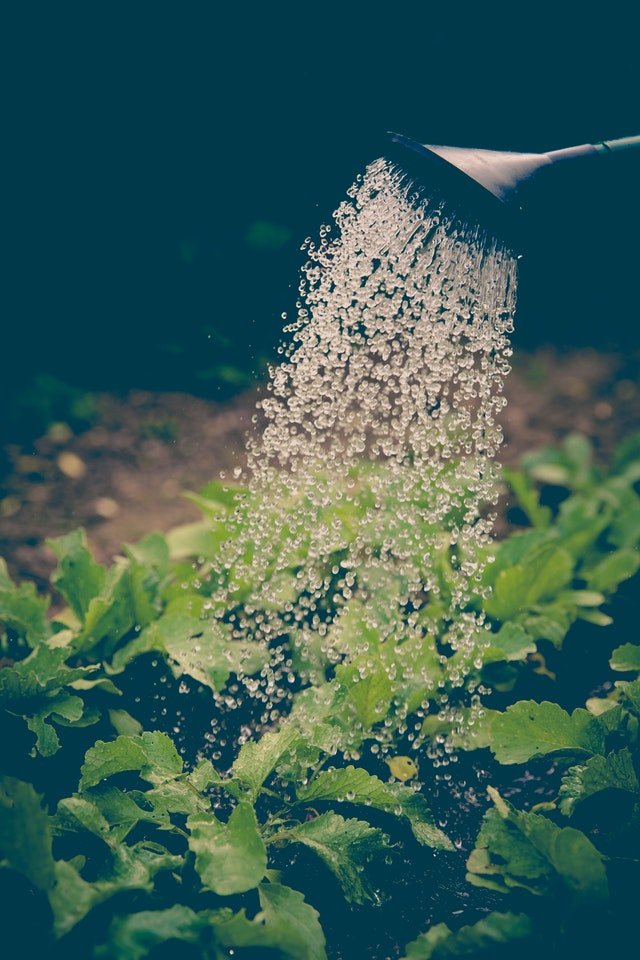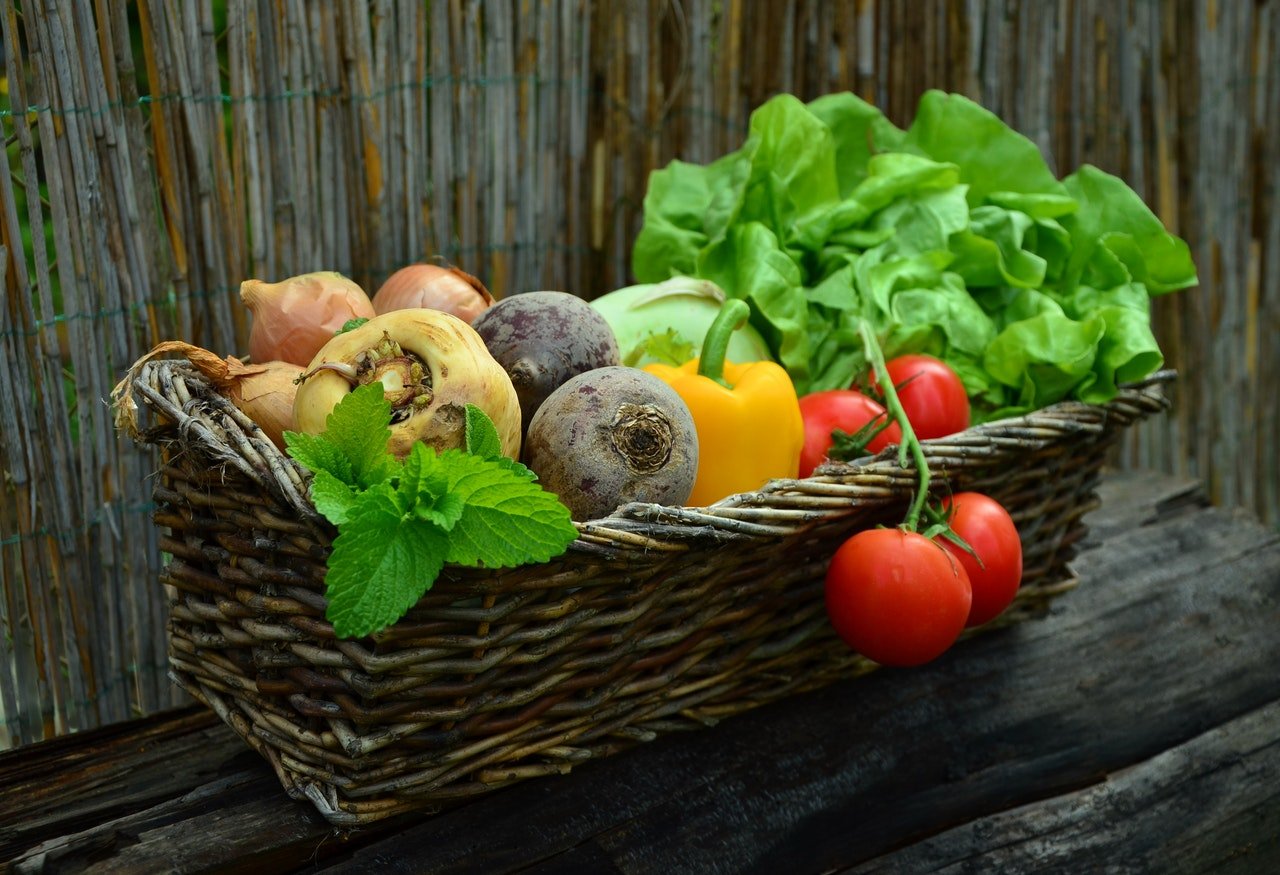This is a guest post written by Tim from Yard and Garden Guru.
There is no right way or wrong way when it comes to having a vegetable garden, although things have to be done a sure way to help your plants prosper. Vegetable gardening for beginners can be as natural as you want to make it, yet it is advisable to ease yourself into rather than becoming overwhelmed.
Your area will detect how large a veg garden you have, yet lack of size is no excuse not to give vegetable gardening a go. If you plan it right, you can have an abundance of crops even in the smallest of places. Regardless of the area and how you grow your vegetables, there are a few things that you will have to adhere to.
Location
As you will be deciding where to have your vegetable garden, it should be noted that vegetables require 6-8 hours of sun per day. To make sure they can achieve this, you choose the sunniest parts of your garden and make sure your rows face east to west. Leafy green vegetables require a little less and are not keen on the harsh sun so these can go in your not so sunny areas.
It is also advisable to have direct access to your garden from your home, this way you will see when it needs tending to.
Size is Important
The ideal space allocation you are looking for is 16 feet X 10 feet. As your rows will face east to west, this means the longest edge of the bed will face north and south. If you are limited for a space of this size, you can scale it down or use raised beds. The critical thing to remember is that your rows are 18 inches apart.
Raised beds, on the other hand, should be 8 feet by 4 feet, and the depth of the bed should be 10 – 12 inches.
Soil Preparation
This process will be mainly for direct planting into the earth rather than a raised bed. However, it doesn’t hurt to add some organic material as this is full of rich nutrients that will only help your vegetables.
The first stage is to remove all weeds and then turn your soil. Regular soil should have a pH of around 7. If you find your ground is below this, a good inch to 2 inches of organic material can be added. Once done you should water thoroughly and leave for 2 days before commencing.
Planting
Once you have your prepared patch, you can think about planting your seeds. Some gardeners germinate their seeds indoors and transplant, although a plant will be hardier if they are directly sown.
Growing distances are explained on the packs of seeds. You also have climbing vegetables which have to be considered. These often go on the back of your patch to catch the most sun.
Raised Beds
When you plan on having a vegetable garden, you always read that you should start small. One of the easiest ways to do this is by using raised beds. They might appear to require a lot more work with construction etc… Yet they do bring many benefits when compared to growing directly into your garden patch.
A few of the benefits of raised beds are as follows:
Easier to Manage – raised beds are ideal for smaller areas.
Soil Protection – as the soil is confined in the surround, it will remain soft and will allow roots to spread much more comfortable over time.
Extended Growing Season – a raised bed will warm up quicker than the ground. Irrigation is also conducted easier due to the softer soil.
Maintenance – Apart from the surround, as many are made from wood. You will have less digging and weeding to carry out through the growing season or during the growing season.
Irrigation – as the soil is much softer, the land can drain easier, and in some areas of the country, you can grow vegetables that would not otherwise grow.
Soil Preparation – Many areas have earth which is not ideal, and it requires a lot of organic material to get the pH correct. Raised beds use good quality topsoil which already has the perfect pH levels. Raised beds also make it easier to control mulch and fertilizer as the areas are defined.
Access – if you have a regular vegetable patch, you will have to define pathways. With raised beds, these paths are automatically determined by the beds themselves. They also make it easier for individuals who are unable to bend or are wheelchair bound to access their vegetables.
A healthy high yielding vegetable garden requires only a few things. Plenty of sun, adequate watering, good soil and some tender loving care. If you have all these things, you can learn the rest as you go along.
Author Bio
Tim Graham writes at the yardandgardenguru.com, and you can also find him on Facebook, Twitter, Pinterest and Instagram.




